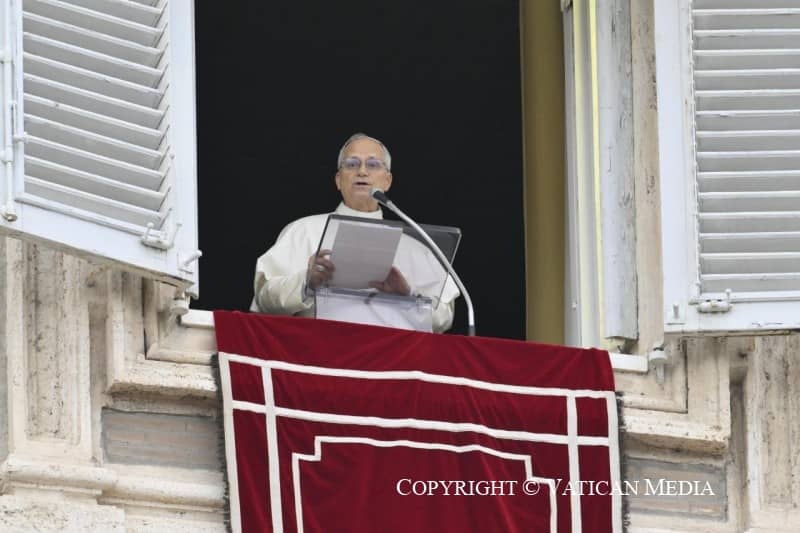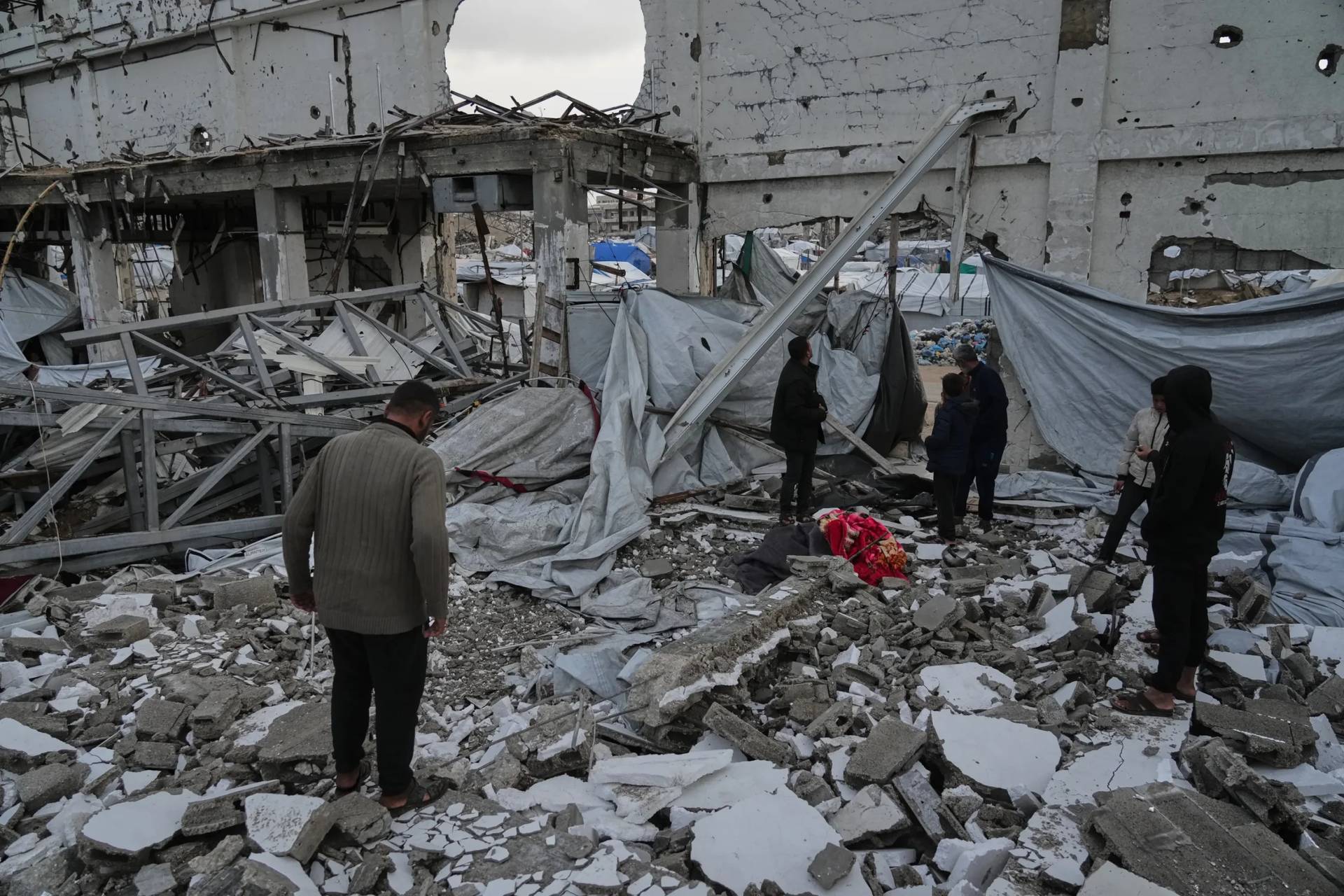ALLENTOWN, Pennsylvania — School administrators everywhere know the sound of an engaged, learning classroom just by listening outside the door.
“Is that a purposeful sound, or is that just noise? That purposeful sound is what school leaders listen for,” said Armistead Webster, head of the Swain School, a small, independent private school in Salisbury Township. “I hear that sound all around the building.”
His and the vast majority of private and parochial schools in the Lehigh Valley opened their doors for five days of in-person instruction a week this school year. Accordingly, their waitlists have swelled with families eager for more in-person learning, often coming from public schools, who in the Lehigh Valley have largely stuck with hybrid learning models this year.
For many public districts, the decision to stay in hybrid hinged on their inability to accommodate their large student populations and maintain 6 feet of social distancing in their school buildings. This spring, a few have loosened this restriction and allowed 5 or even 4 feet of distancing in some classrooms, in the name of getting more students in the building.
Local private and parochial schools have not wavered from the 6-feet guideline from the state and Centers for Disease Control and Prevention. How they’ve managed to bring and keep more students in school depends on a couple key factors.
Student population
Private schools already operated with considerably smaller class sizes — one of their selling points pre-pandemic — which allowed them greater flexibility in finding the space to accommodate their student population while keeping them 6 feet apart.
“We stand firm with the 6 feet,” said Erica D’Agostino, Moravian Academy’s assistant head of school. “Our feeling was we would rather err on the side of caution at all times.”
Class sizes in her school system, which merged with Swain School over the summer, were already 16 or 17 students at most; their COVID capacities are not much smaller, she said. The average class sizes of public schools in Pennsylvania range from 20 to 24, according to the National Center for Education Statistics.
Among Allentown Catholic Diocese’s 38 schools, seven opened in a hybrid model this year because they could not accommodate 6 feet, communications director Paul Wirth said.
“It’s been 6 feet and continues to be 6 feet,” he said.
With smaller student populations, administrations can be more nimble with decisions, better track students’ needs and easily squash potential outbreaks. And there’s a high level of trust between school leaders and parents, Webster said.
“We are a single, one-school district; we get to figure it out for ourselves,” he said of Swain, which has less than 300 students. “We’re so small, we know each other well.”
The diocese’s St. Anne School has 255 students, and if one middle schooler learning virtually doesn’t log on by 9 a.m., Principal Karen Bentz calls them to ask where they are. Children with routine stomach bugs are kept home from school for a couple of days out of an abundance of caution. To the school’s pleasant surprise, students responded diligently to rules like masking.
Neither school system reported evidence of community spread within the schools.
“All those rules that we stuck to really helped us keep kids in school safely,” Bentz said.
Reconfiguring school
Though they had some wiggle room, it still took an entire summer of jigsawing to get it to work at Moravian and Swain, for example, school leaders said.
“We’ve had to reengineer our entire school,” said Jeff Zemsky, Moravian Academy’s head of school. “A year ago we thought about it as an on-off switch: in person or not. Now it’s a huge control board with dials and buttons.”
They converted libraries, an old gymnasium, a drama room, even a dining space into classrooms, sometimes through the use of dividers and microphones that hang from the ceiling to pick up sound for the approximately 10 percent of students learning remotely. They lined hallways with directional arrows in red and gold — school colors — and labeled every door an entrance or exit. They scoured the schools with measuring tape, setting desks at least 6 feet apart and 8 feet from where the teacher stands. Rather than learning pods, all the desks face forward.
“It feels a little like we’ve gone back in time,” D’Agostino said.
St. Anne School moved some classes to the cafeteria and gym, Bentz said. Teachers removed unnecessary furniture. Some classrooms for older students have dividers on the desks and plexiglass on the teacher’s desk. The old school doesn’t have air conditioning, so it bought air purifiers and window fans for each room.
The windows stay cracked open in Moravian and Swain school buildings, even in the winter. Kids can break the dress code and wear blankets in class, Webster said.
Parent support
Through surveys, phone calls and emails over the summer from parents, which came as school districts everywhere were coming up with their reopening plans, the Allentown Diocese heard a vast majority express support for in-person learning.
“We got that message loud and clear,” Wirth said.
Nineteen of the 38 schools had waiting lists at the beginning of the year, which he said is unusual. Much of the demand came after the diocese made its announcement about learning in person in July. Each individual school created its own health and safety plans, and a handful included hybrid learning.
Partnership with parents proved critical, too, to pulling it off safely, he said.
“The parents knew about the plans, they kept their kids home when they knew they were sick. … They were partners in safety,” he said.
Of course, nothing is unanimous. Even if most parents expressed support for learning in person, school leaders at Moravian and Swain also experienced disagreement in the community, Zemsky said — another reason to err on the side of caution and abide by all guidelines.
“We experience the polarization, too,” Zemsky said.
Parents also provided direct financial support to private and parochial schools. A member of St. Anne’s parish donated $12,000 for the school’s mitigation expenses. When the school needed the air purifiers, Bentz reached out to students’ families. Two responded by donating 40 air purifiers, and others donated enough money to buy replacements.
“Our families have been amazing,” Bentz said. “They just want their kids in school. They want them to be safe. And they’ve been so generous.”
Next year
The schools are planning for 6 feet distancing in the fall until they hear otherwise.
St. Anne’s, for example, is adding three classes, but has two wait lists: a “COVID capacity” wait list and a normal capacity, “provisional” wait list. As of now, the school is planning for “COVID capacity,” and has nearly 60 families on a waiting list by that count. The school would tap the provisional wait list if coronavirus guidelines ease and it can accept more students.
Moravian and Swain will continue abiding by 6 feet through the end of this school year, and plan to next year, with an alternative plan in place for 4 feet of distancing should conditions change, D’Agostino said.














